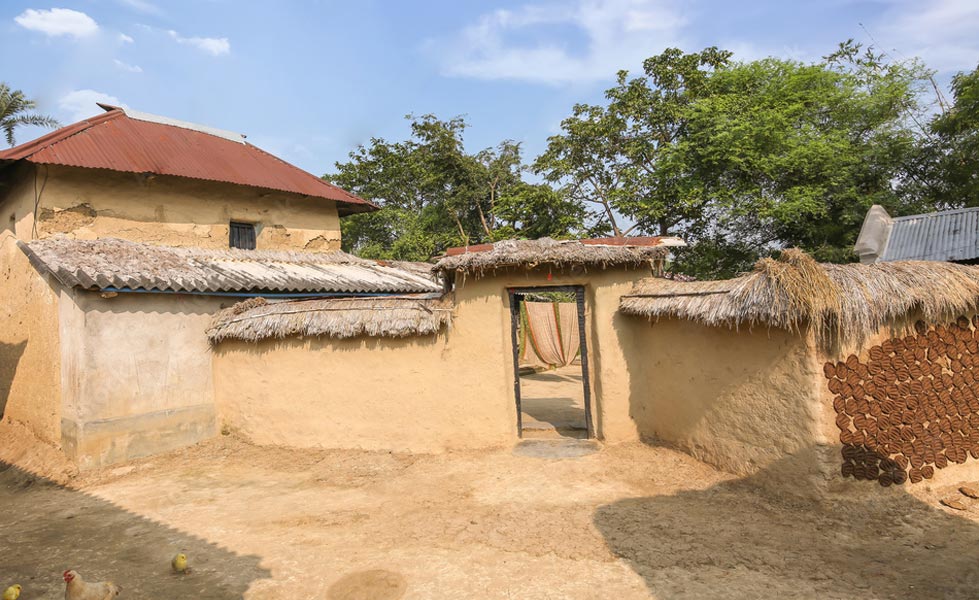In Kenya, while modern construction techniques are emerging, traditional building materials like mud and dung continue to be preferred in many regions, particularly in Western and Nyanza counties. This newsletter provides a comprehensive overview of the use of mud and dung in construction, outlining their application, benefits, challenges, and the solutions being implemented to address these issues.
State of Mud and Dung Construction in Kenya
The construction industry in Kenya still heavily relies on traditional materials like mud and dung, especially in rural areas. Despite the availability of modern materials, the infrastructure and skilled labour needed for contemporary building techniques are lacking, which slows the adoption of new methods. Additionally, educational institutions remain focused on conventional construction methods, hindering the transition to modern techniques.
Application of Traditional Materials
Mud and dung are widely used for building homes and other structures in Kenya. These materials are favoured for their accessibility and affordability. Techniques such as adobe bricks, cob, and wattle and daub are commonly employed. Local communities have honed these methods over generations, ensuring that they are well-suited to the local climate and available resources.
Legislative Framework
The National Construction Authority, governed by the National Construction Authority Act, 2011, regulates the construction industry in Kenya, including traditional building methods. Local county governments also have by-laws that manage how construction is done within their localities, ensuring environmentally sound practices are followed.
Advantages of Mud and Dung in Construction
The advantages of using mud and dung as building materials are numerous:
Cost-Effective: These materials are locally sourced and inexpensive, making them accessible to all.
Sustainability: Mud and dung are natural, biodegradable materials with a low environmental impact.
Thermal Properties: Buildings made with these materials have excellent thermal properties, maintaining comfortable interior temperatures.
Challenges in the Sector
Despite their advantages, the use of mud and dung in construction faces several challenges:
Durability: Mud and dung structures may not be as durable as those made from modern materials, requiring regular maintenance.
Weather Susceptibility: These materials are vulnerable to weather conditions, especially heavy rain, which can erode or weaken structures.
Labour-Intensive: The construction process is labour-intensive, requiring significant manual effort and skilled artisans.
Solutions to Improve the Use of Mud and Dung in Construction
Addressing these challenges requires a multifaceted approach:
Investment in Infrastructure: Developing better infrastructure to protect and maintain traditional structures.
Enhancing Public Education and Engagement: Educating the public and professionals on the benefits and maintenance of mud and dung buildings.
Improving Techniques: Integrating modern stabilizers and protective measures to enhance the durability of traditional structures.
Conclusion
As Kenya continues to urbanize, there is an increasing need for affordable and efficient housing. While modern construction methods are being adopted, traditional materials like mud and dung remain vital in many regions. By improving techniques and addressing challenges, the use of mud and dung can continue to provide sustainable and cost-effective housing solutions.
Disclaimer:
Please note that the information provided in this article is for general informational purposes only and should not be construed as legal advice. It is always advisable to consult with a qualified legal professional to discuss your specific circumstances and obtain tailored legal counsel.





